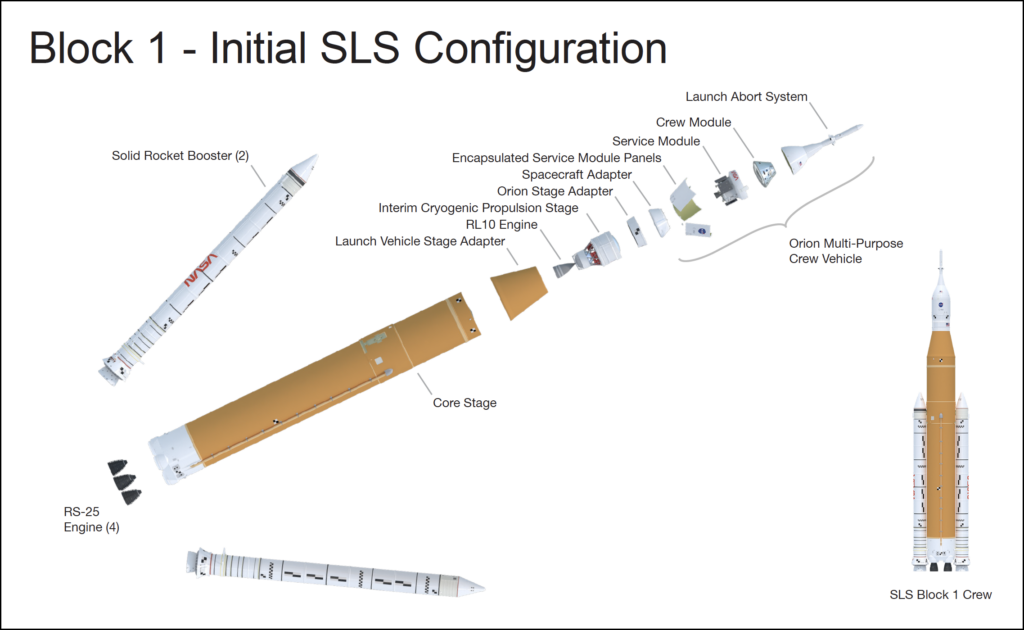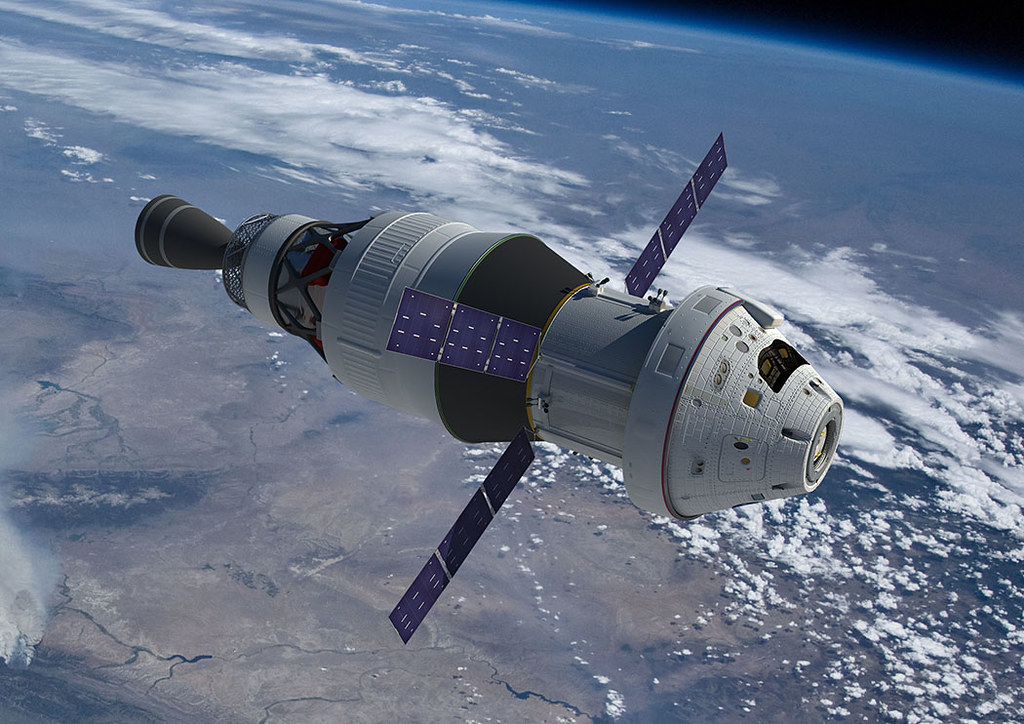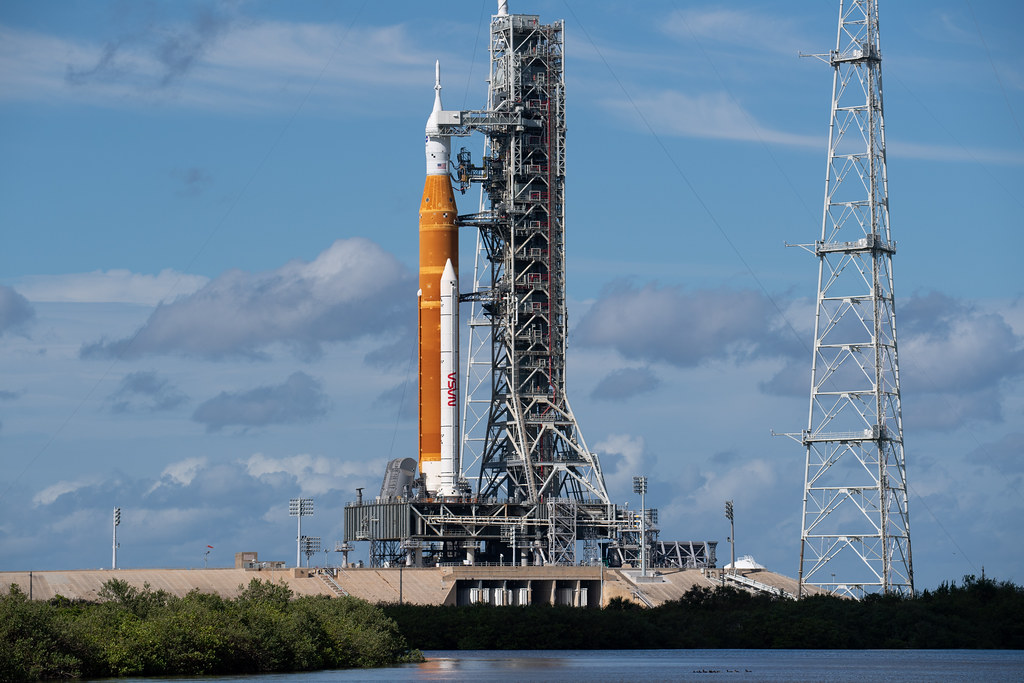The Artemis Program, NASA’s new moon exploration program, is at the forefront of human space exploration with 21st-century technology. In this blog post, we will dive into the technicalities of the missions, the critical components, and even how the mission could someday contribute to mankind’s journey to Mars. Before we get into the technical aspects of the Artemis program, let’s first start out with a basic introduction on how the program started.
Introduction
The Beginning of Artemis
The Artemis program was formally established in December 2017. Although many components of the project were developed during NASA’s previous Constellation Program between 2005 and 2010. After the Constellation program was canceled, its projects and research on crewed spaceflight (i.e. the Orion Spacecraft) were transferred into the Artemis projects. So, Artemis is essentially a renaming of several earlier activities that were already on track to return humans to the moon.
The program itself is named after the Greek goddess Artemis, the goddess of the hunt and the twin sister of Apollo in Greek mythology. The name is a noteworthy nod to NASA’s first accomplished moon exploration program Apollo. Apollo put astronauts on the lunar surface for the first time in human history. The previous program has provided critical inspiration for the upcoming Artemis missions.
Worldwide Contributions
Aside from NASA, the Artemis program has three partner agencies: The European Space Agency (ESA), The Japan Aerospace Exploration Agency (JAXA), and The Canadian Space Agency (CSA). The largest contribution from ESA is the European Service Module for the Orion Spacecraft. The module will provide the primary power and propulsion components of the spacecraft along with suitable oxygen and water. JAXA and the CSA will supply critical equipment for the gateway space station, which we will discuss further later.
The Components of the Mission
SLS- Space Launch System
SLS, the Space Launch System, is the heavy-lift launch vehicle of the Artemis program. It’s the most powerful rocket created to date, and it will be the foundation of exploration during the Artemis age. It can carry a higher payload mass, has higher volume capability, and offers higher energy levels than any rocket previously created by any space agency on the planet. With its unprecedented capabilities, SLS is the most advanced system for deep space travel in a single mission.
Development of SLS started in 2011 following the retirement of the previous Space Shuttle program. The Space Launch System is a project derived from the Space Shuttle, reusing recognizable hardware like the solid rocket boosters and RS-25 engines. This was done to reduce overall cost and development time for NASA production. The photo below showcases each component of the SLS rocket, which collectively makes the Block 1B crew configuration.
SLS Components
The Core Stage of SLS for Artemis 1 was built at NASA’s Michoud Assembly Facility in New Orleans. The core stages for the remaining Artemis missions will be built by the Boeing Company at their facility in Huntsville, Alabama. Each core stage measures 212 feet tall with a diameter of around 28 feet. This allows it to store enough liquid hydrogen and oxygen to fuel the four RS-25 engines attached to it. The engines are upgraded versions of those used in the Shuttle program, built by Aerojet Rocketdyne in Sacramento, California.
About 75% of SLS’s thrust during the initial two minutes of flight is provided by its two solid rocket boosters. The Northrop Grumman Corporation serves as the primary contractor for these rocket boosters. Production is based at their Northern Utah location. They are the largest and most powerful boosters ever constructed for spaceflight. The design includes additional avionics and new case insulation differing from the original Shuttle inspiration.
To learn more about NASA’s Space Launch System, visit their website here.
Orion Spacecraft
The Orion Spacecraft is the other main component of NASA’s Artemis project. Orion (pictured below) is the newest human spacecraft designed for deep space missions. It will take mankind to the Moon and even someday Mars, all the while evolving to meet the needs of NASA’s now booming deep space exploration program. Orion will allow the Artemis program to establish a maintained presence on the lunar surface. An important step toward further exploration of our solar system.
The Orion Spacecraft dates back to the year 2005 when it was under production in NASA’s Constellation program. It was first tested in 2014, launched atop a Delta-IV Heavy rocket from Kennedy Space Center at Cape Canaveral. Orion successfully reached apogee (point furthest in its orbit from the earth) and later splashed down back on earth 4 hours after launch.
Orion consists of three main components: the Launch Abort System at the top, the Crew Module in the middle, and the Service Module at the bottom. Each component serves an important role in carrying four astronauts safely to their destination. The Launch Abort System is designed to respond to emergencies during launch within milliseconds. It quickly propels the crew away from SLS and any possible danger. The Crew module carries up to four astronauts for each mission and is equipped with advanced technology to keep them safe during their journey. The Service Module provides water, oxygen, energy, and in-space propulsion to the spacecraft. Following first stage separation after launch, the service module will deploy solar panels so the Orion can create its own power for the remainder of the mission.
Artemis One
The first mission of the Artemis program, Artemis One, took place on November 16th, 2022 at 1:47 AM eastern time. The Space Launch System and Orion Spacecraft were launched from pad 39-B at Kennedy Space Center at Cape Canaveral, Florida. The Artemis One mission did not involve a landing upon the lunar service or a human crew. The purpose of the journey was only to orbit the moon about 400 km above the surface and then return back to earth. The main objective of Artemis One was to test the Orion Spacecraft in preparation for upcoming missions. Following a safe re-entry and successful operation of the heat shield, Orion splashed down back to earth on Sunday, December 11th, 25.5 days after its initial launch.
Shaping the Future with Artemis
Perhaps the most ambitious goal of the Artemis program involves using an established lunar presence as a stepping stone to reach one of Earth’s closest neighbor, Mars. The Artemis missions will utilize Gateway, an extraterrestrial space station in Lunar orbit, to establish permanent lunar settlements. Once mankind has returned to the moon, the Artemis missions will be on the right track to send mankind on a long journey to Mars. NASA predicts that with the successful establishment of Gateway, these missions could take place as soon as the late 2030s.
Did you enjoy this Article? Leave your thoughts in the comments below!



